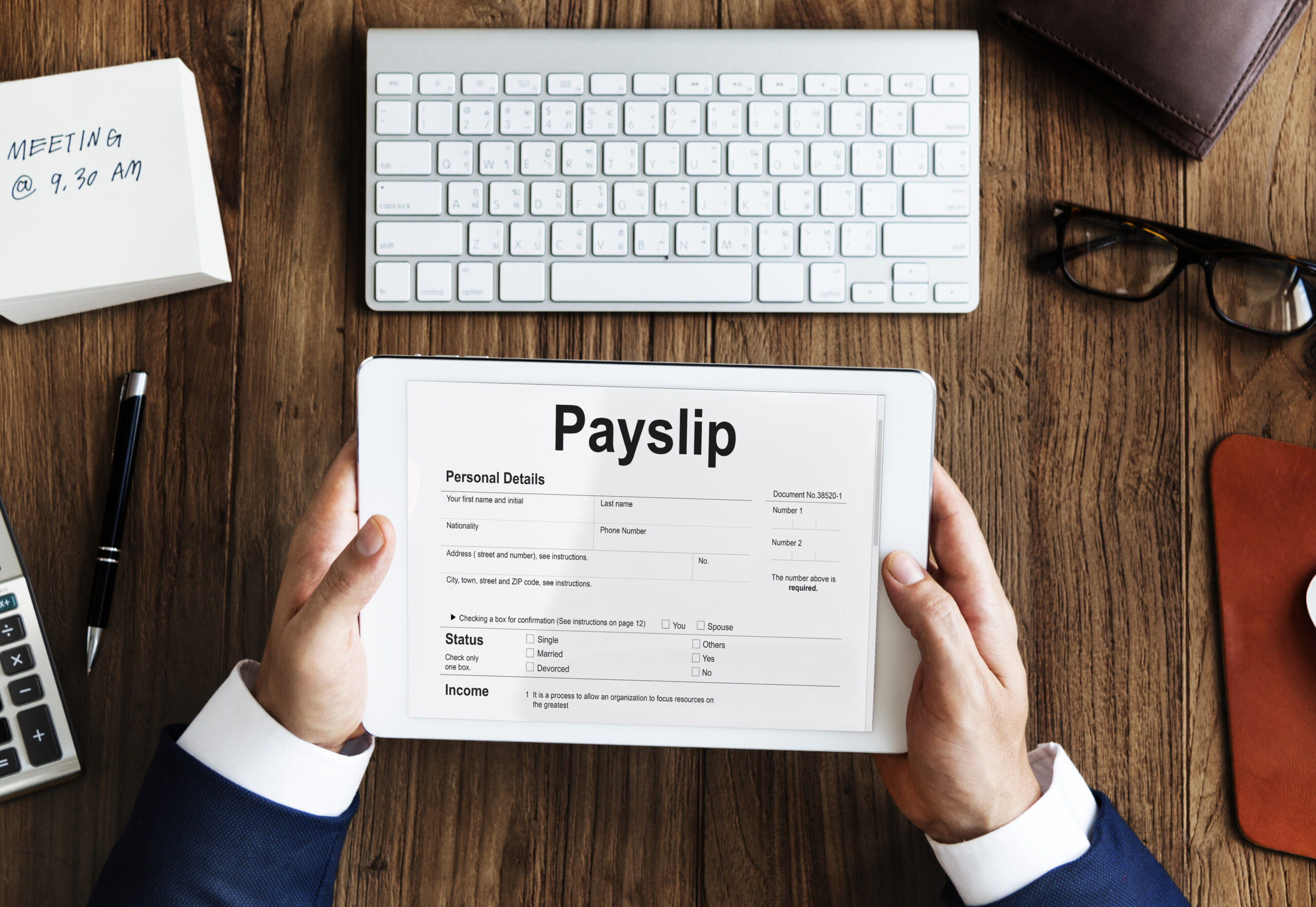Exact Format of Salary Certificate Accepted in Saudi Banks
A Step-by-Step Guide to the Accepted Format for Smooth Bank Transactions

Can you imagine applying for a loan or opening a bank account in Saudi Arabia, only to face delays because your Saudi Arabia Salary Certificate is incomplete or incorrectly formatted? The frustration of navigating complex banking requirements can feel overwhelming, especially for expatriates and locals unfamiliar with the specific expectations of Saudi banks. A salary certificate is more than just a document—it’s your key to financial opportunities, from securing loans to renting a home. Mistakes or missing details can lead to rejection, wasting time and effort. In this detailed guide, we’ll walk you through the exact format of a salary certificate accepted by Saudi banks, ensuring you avoid common pitfalls and meet all requirements effortlessly.
Why Saudi Banks Require a Salary Certificate
Saudi banks rely on a Saudi Arabia Salary Certificate to verify your financial stability. This document confirms your employment status and income, helping banks assess your ability to repay loans or manage credit. It’s a critical requirement for opening accounts, applying for credit cards, or securing mortgages. Without a properly formatted certificate, your application may be delayed or denied. Understanding its importance is the first step to a smooth banking process.
Key Elements of a Salary Certificate in Saudi Arabia
A Saudi Arabia Salary Certificate must include specific details to meet banking standards. Saudi banks are strict about format and content to ensure authenticity. Below are the essential components every certificate should have:
-
Company Letterhead:
Include the company’s name, logo, address, and commercial registration number. -
Employee Details:
Full name, nationality, Iqama or passport number, and job title. -
Employment Information:
Start date, employment status (e.g., full-time), and department. -
Salary Breakdown:
Basic salary, allowances (housing, transportation), and net salary. -
Purpose Statement:
Specify the certificate’s purpose, e.g., “For bank account opening.” -
Authorized Signatory:
Name, title, and signature of the HR manager or authorized person. -
Company Seal:
Official stamp to authenticate the document. -
Date of Issue:
Must be recent, typically within the last 30 days.
Including these elements ensures your certificate meets Saudi banking requirements.
Step-by-Step Guide to Obtaining a Salary Certificate
Getting a Saudi Arabia Salary Certificate is straightforward if you follow the right process. Most companies in Saudi Arabia have HR departments that handle these requests. Here’s how to proceed:
-
Contact HR Department:
Submit a formal request via email or your company’s employee portal. -
Specify Purpose:
Clearly state why you need the certificate (e.g., loan application or visa processing). -
Provide Details:
Share your full name, Iqama number, job title, and other required information. -
Verify Details:
Double-check the salary breakdown and employment details before submission. -
Collect the Certificate:
Ensure it’s printed on company letterhead, signed, and stamped.
Following these steps ensures you receive an accurate and bank-accepted certificate.
Attestation Requirements for Saudi Banks
In many cases, Saudi banks require an attested Saudi Arabia Salary Certificate for added authenticity. Attestation verifies the document’s legitimacy for official use. The process involves multiple steps:
-
Company Attestation:
The certificate must be signed and stamped by your employer. -
Chamber of Commerce:
Submit the document for verification by the local Chamber of Commerce. -
Ministry of Foreign Affairs (MOFA):
For international or legal purposes, MOFA attestation may be required. -
Embassy Attestation:
If used abroad, the Saudi Embassy in your home country may need to authenticate it.
Attestation ensures your certificate is legally recognized, especially for significant transactions like loans.
Common Mistakes to Avoid
Even a small error in a Saudi Arabia Salary Certificate can lead to rejection by banks. Avoid these common pitfalls to save time:
-
Missing Company Seal:
Banks reject certificates without an official stamp. -
Outdated Information:
Certificates older than 30 days are often invalid. -
Incorrect Purpose:
The certificate must specify the exact purpose, like “For loan application.” -
Incomplete Salary Details:
Omitting allowances or deductions can raise red flags. -
Unofficial Letterhead:
Always use the company’s official letterhead for authenticity.
Double-checking these details prevents unnecessary delays in your banking process.
How to Check Your Salary Certificate’s Validity
Once you receive your Saudi Arabia Salary Certificate, verifying its accuracy is crucial. Errors can lead to complications with banks or government authorities. Use these methods to check validity:
-
Review Details:
Ensure your name, Iqama number, and salary details are correct. -
GOSI Portal:
Log into the General Organization for Social Insurance (GOSI) portal to verify contribution records. -
Cross-Check with Payslips:
Compare the certificate’s salary details with your recent payslips. -
Consult HR:
If discrepancies arise, contact your HR department for clarification.
Regular checks ensure your certificate aligns with your actual earnings and employment status.
Sample Format of a Saudi Arabia Salary Certificate
Below is a sample format for a Saudi Arabia Salary Certificate accepted by Saudi banks:
[Company Letterhead]
Salary Certificate
Date: [Insert Date]
To: [Bank Name or “To Whom It May Concern”]
This is to certify that [Full Name], [Nationality], holding Iqama/Passport No. [Number], is employed with [Company Name] as [Job Title] since [Start Date].
Salary Details:
-
Basic Salary: SAR [Amount]
-
Housing Allowance: SAR [Amount]
-
Transportation Allowance: SAR [Amount]
-
Total Net Salary: SAR [Amount]
This certificate is issued for [Purpose, e.g., bank account opening] and is valid for official use.
Authorized Signatory:
[Name, Title, Signature]
[Company Seal]
This format ensures compliance with Saudi banking standards.
Why GOSI Registration Matters
The General Organization for Social Insurance (GOSI) plays a vital role in validating a Saudi Arabia Salary Certificate. GOSI tracks employee contributions and salary records, ensuring transparency. Registering with GOSI allows you to:
-
Verify your salary details online.
-
Download an official GOSI certificate if needed.
-
Ensure compliance with Saudi labor laws.
-
Enhance your financial credibility with banks.
Check your GOSI account regularly to confirm your employer’s contributions match your certificate.
Tips for a Smooth Banking Process
To ensure your Saudi Arabia Salary Certificate is accepted without issues, follow these tips:
-
Request Early:
Contact HR well in advance to avoid delays. -
Specify Bank Requirements:
Some banks may request additional details, like a salary transfer letter. -
Keep It Recent:
Banks prefer certificates issued within the last 30 days. -
Use Professional Language:
Ensure the certificate is formal and error-free. -
Retain Copies:
Keep digital and physical copies for future use.
These steps streamline your interactions with Saudi banks.
Conclusion
A properly formatted Saudi Arabia Salary Certificate is your gateway to financial opportunities in the Kingdom. Whether you’re applying for a loan, opening a bank account, or processing a visa, this document proves your financial credibility. By including all required details, obtaining necessary attestations, and avoiding common mistakes, you can ensure a hassle-free banking experience. Always verify your certificate’s accuracy through GOSI or HR to maintain trust with financial institutions. With this guide, you’re equipped to navigate Saudi banking requirements confidently and efficiently.



